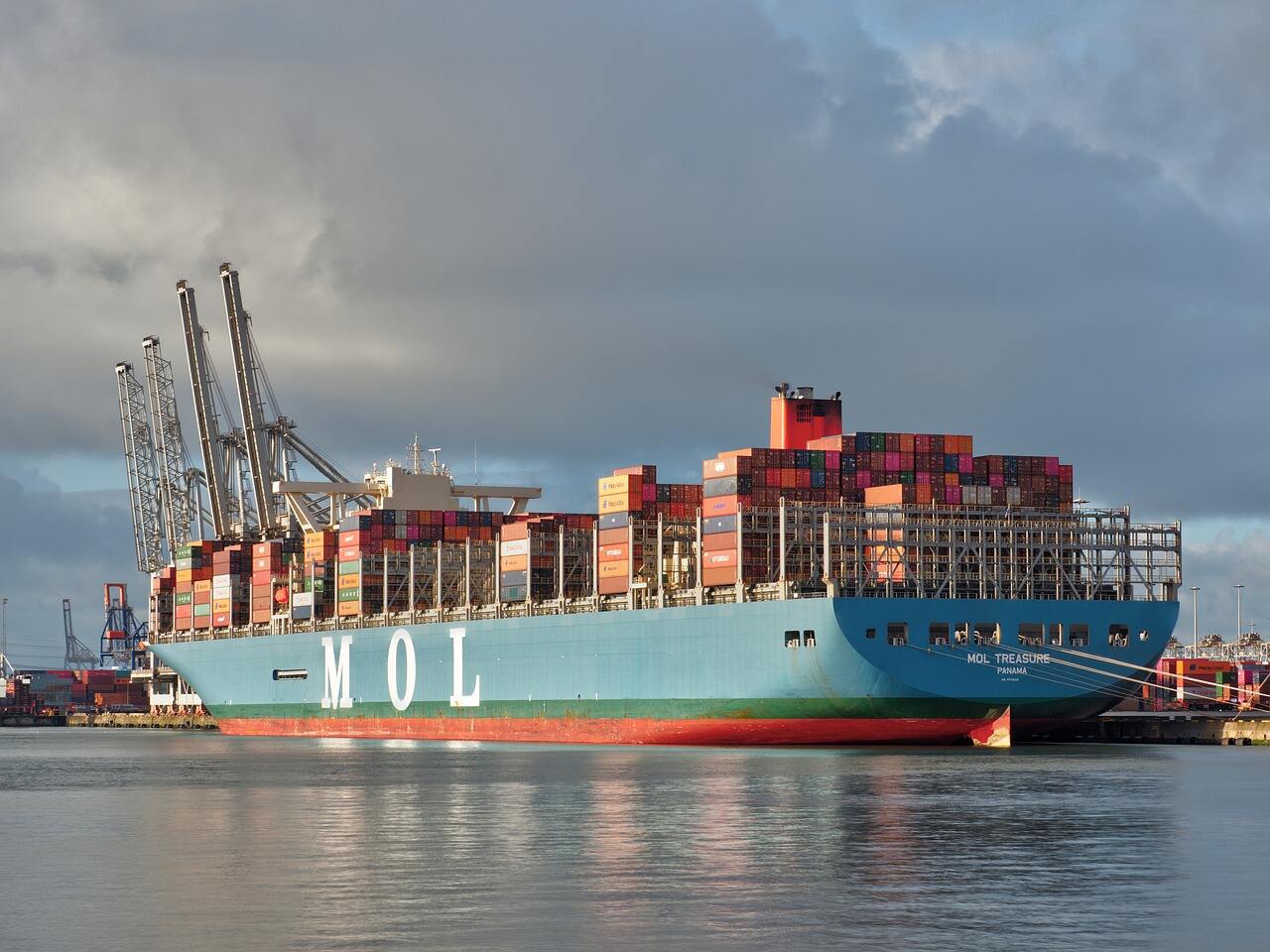حماية شحناتك: التدابير الأمنية في النقل الجوي الدولي
المقدمة
النقل الجوي الدولي هو القناة الأكثر أهمية لنقل البضائع بسرعة وكفاءة في عصر التجارة العالمية. وللأسف، كل الكفاءة التي نحققها غالباً ما تعني ضرورة زيادة أمان شحناتنا ضد العديد من التهديدات. يتناول المقال التالي أهمية أمان الشحن، ويحلل الإطار التنظيمي والبدائل لتطبيق تدابير الأمان في مراحل مختلفة من عملية النقل.
الالتزام بالقوانين والمعايير العالمية
يتم الإشراف على أمن الشحن الجوي الدولي من خلال سلسلة من اللوائح والمعايير الدولية. وضعت الجمعية الدولية للنقل الجوي (IATA) لوائح السلامة والأمان لضمان نقل البضائع بأمان. بنفس الطريقة، وضعت منظمة الطيران المدني الدولي (ICAO) معايير وممارسات معترف بها دوليًا يجب أن تتبعها الدول及شركات الطيران. هناك أيضًا متطلبات ولوائح خاصة في كل دولة تحدد كيفية تأمين البضائع أثناء النقل الجوي.
التحكم الأمني أثناء النقل / الاختلاف حسب الناقل / استراتيجية الدفاع العميقة
تبدأ أمان البضائع قبل وقت طويل من وصولها إلى الطائرة. يجب أن تشمل الفحوصات الدورية قبل الشحن التحقق من البضائع及相关 الوثائق. هذا الخطوة حرجة في اكتشاف أي تناقضات أو إشارات تحذيرية قد تنشأ من البضائع قبل دخولها إلى سلسلة الشحن.
على مستوى شركة الطيران والمطار، تزداد الإجراءات الأمنية صرامة أكثر. يمكن فحص الشحنات باستخدام الأشعة السينية الرقمية واستخدام تقنية الكشف عن آثار المتفجرات (ETD) للتأكد من عدم إخفاء أي مواد خطرة. بالإضافة إلى ذلك، يتم تنفيذ إجراءات التحكم في الوصول والتحقق من الخلفيات للموظفين لمنع التسلل إلى مناطق الشحن.
نحتاج أيضًا إلى أمن أثناء النقل. وتشمل هذه المستودعات الآمنة والمحمية في المطارات ومناطق النقل الأخرى، بالإضافة إلى مراقبة وتتبع الشحنات على مدار الساعة لحمايتها أثناء الرحلة.
تكنولوجيا ومعدات أمان الشحن
قد تقدم التكنولوجيا خطوات كبيرة عندما يتعلق الأمر بتأمين الشحنات على الطائرات الدولية. تطورت عمليات فحص الشحنات لتتضمن تقدمات تقنية أكثر تعقيدًا، مثل أجهزة الأشعة السينية التي يمكنها اكتشاف مجموعة متنوعة من التهديدات. يمكن للمعدات أيضًا اكتشاف آثار دقيقة من المتفجرات على الحزمة، مما يضيف بعدًا آخر للأمان.
أدوات التتبع والمراقبة مثل أنظمة تتبع GPS وبرمجيات مراقبة في الوقت الفعلي تضمن مراقبة مستمرة للبضائع أثناء عبورها البنية التحتية لللوجستيات. كما أنها تمكن من الحفاظ على سلامة البضائع وإدارة اللوجستيات بكفاءة.
في المختصر، ساهمت حلول التغليف الآمنة في توفير أمان الشحنات أثناء النقل الجوي أيضًا، بما في ذلك الأقفال والأختام التي تظهر التلاعب والتصاميم الوقائية ضد السرقة.
التوعية الأمنية والتدريب
إحدى أهم جوانب أمان الشحن هو تعليم وتثقيف جميع الأطراف المشاركة في عملية النقل. يُتأكد من أن العاملين المسؤولين عن البضائع لديهم المعرفة والمهارات الكافية لاكتشاف والاستجابة لأنشطة مشبوهة. يتم جدولة برامج تدريبية دورية إضافية لهذا الغرض. كما يساعد ذلك في نشر رسائل AWB إلى المرسل، بما في ذلك التعليمات المناسبة للتغليف والإجراءات الوثائقية التي من المحتمل أن تمنع أي نوع من اختراق الأمن.
تحليل المخاطر وإدارتها
أفضل طريقة لحماية البضائع هي أن تكون استباقيًا في منع المخاطر. وهذا يشمل: - تحديد نقاط الضعف في عملية النقل وبناء خطط وأطر أمنية لمعالجتها. المراجعات المستمرة والتقييمات للأعمال الأمنية تجعلها ذات صلة وقوة ضد التهديدات الحالية.
دور التكنولوجيا في عمليات الشحن الجوي الآمنة
احتضان عمليات الشحن الجوي الآمنة باستخدام أفضل الممارسات المعترف بها لحفظ فعالية عملية النقل. اتخاذ خطوات مثل تتبع سلسلة الإمداد من البداية إلى النهاية، العمل مع الأجهزة الأمنية ووكالات إنفاذ القانون، وتنفيذ تقنيات أمنية حديثة.
أمثلة واقعية ودراسات حالة
إحدى الطرق لمعرفة ما هو فعال وما ليس كذلك هي النظر في أمثلة حقيقية لكيفية عمل إجراءات أمان الشحن في العالم. يمكننا أن نأخذ هذه الدروس ونكيف ممارسات الأمان الخاصة بنا للرد بشكل أفضل على مناظر تهديد متغيرة باستمرار.
خاتمة
التعامل الآمن مع البضائع أثناء النقل الجوي الدولي هو مهمة ذات أهمية قصوى. ومع ذلك، يمكن الحفاظ على سلامة النقل الجوي من خلال الاستعداد لدمج بروتوكولات أمان رائدة والامتثال للمتطلبات الدولية، بالإضافة إلى تبني موقف وقائي لتقييم المخاطر وإدارتها. تمامًا كما تتغير أنواع التهديدات حول العالم، يجب أن يستمر أماننا في التكيف لضمان سلامة شحناتنا. في الختام، مع تغير شكل الطيران، فإن الامتداد والمرونة هما المفتاح لاستدامة نقل الجو، على الرغم من أنه يبدو حاليًا وكأنه أمر شبه مستحيل.

 EN
EN
 AR
AR
 DA
DA
 NL
NL
 FI
FI
 FR
FR
 DE
DE
 EL
EL
 IT
IT
 JA
JA
 PL
PL
 PT
PT
 RU
RU
 ES
ES
